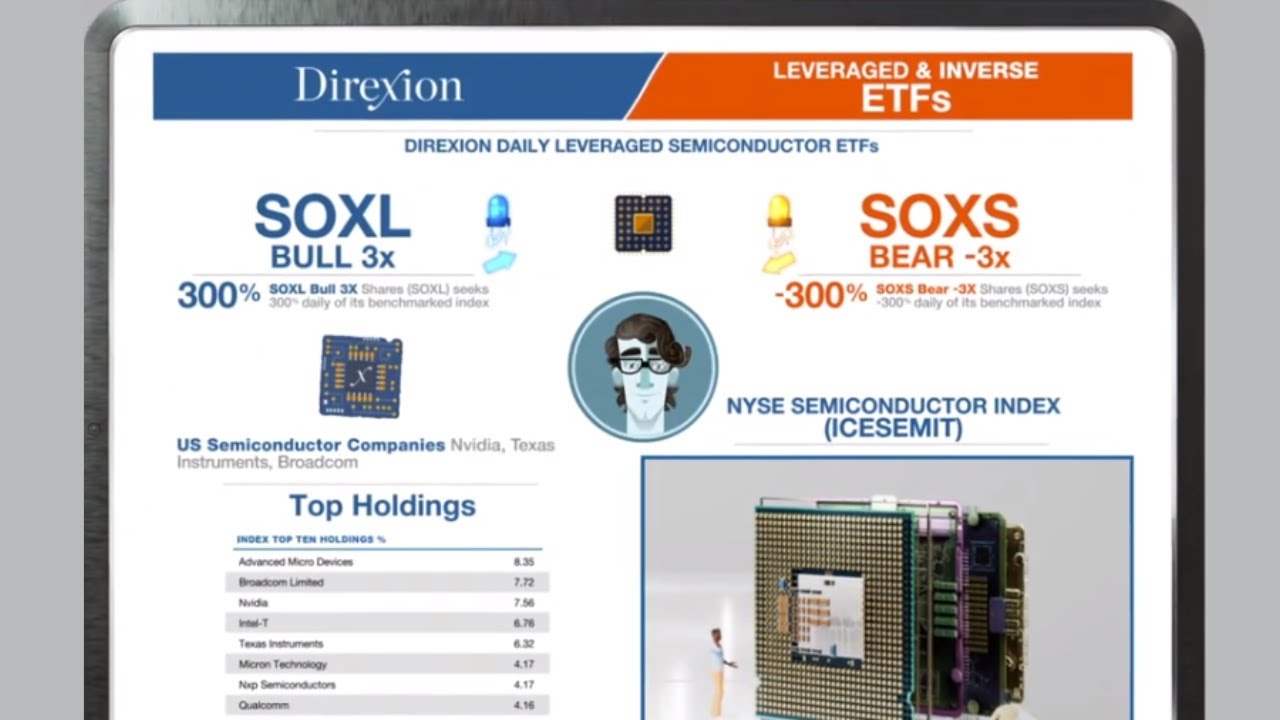Since mid-May, I along with a growing army of independent portfolio analysts, have already graded $10.6 million in investment portfolios. Some of the individual investors are old, some are young. Some have years of investment experience and others are novices. Some are risk averse, while others are not.
I’ve analyzed 401(k) plans, traditional IRAs, Roth IRAs, 403(b) retirement plans, 529 college savings plans, UGMA accounts, family trust accounts, and anything posing as an “investment.” Regardless of how large or small the account size, there’s a common denominator among individual investors with disorderly portfolios. What are they?
Sign 1: Too Many Investment Accounts Located Everywhere
There’s nothing wrong with having investment accounts held at different brokerages (NYSE:SCHW) or financial institutions. It diversifies your assets and risk away from one single entity. Think about it: If you have multiple accounts held at multiple firms and one of them goes belly-up, you’re in a much better situation compared to the poor soul who kept all their money in custody at the defunct institution.
WATCH: Ron Grades a $108,000 Portfolio Overweight in the Wrong Places
But some investors have taken the idea of having multiple investment accounts to new extremes.
For example, I recently graded a taxable investment portfolio for a 45-year old business owner in New Jersey. It was one of 9 different investment accounts he held at several different brokerages. Instead consolidating some of his investment accounts to make managing them easier, he felt it was better to be haplessly scattered about. Needless to say, his poor Portfolio Report Card grade of “C” on just one of the portfolios I graded, reflected his disorderly approach. Good organization with your investment accounts is mandatory.
Sign 2: Building on the Wrong Foundation
A home without a solid foundation won’t survive very long. A little rain and wind will easily cause it to collapse.
Many investors have erringly built the foundation or core of their investment portfolios built on the wrong ground; non-core asset classes. This group includes non-core assets like derivatives, currencies, hedge funds, individual stocks, private equity, and venture capital. While there’s nothing wrong with these particular asset classes and while they are regularly featured in headline stories by the media, they are only supplemental to a person’s core portfolio which is built on core asset classes like stock (NYSEARCA:VT) , bonds (NYSEARCA:BOND), commodities (NYSEARCA:DBC) , real estate (NYSEARCA:VNQI), and cash.
AUDIO: Listen to Ron DeLegge @ The Index Investing Show
Building your portfolio’s foundation on non-core asset classes without first completing the construction of your portfolio’s core is backwards. It’s like attempting to construct the attic of a home without having enough sense to finish the first floor. It’s illogical and self-defeating.
Sign 3: Seeing Only What You Want to See
Myopia, also known as nearsightedness, is a disorder of the human eye that causes it only to clearly see whatever objects are closest to it. The unwelcome results are that myopic people aren’t able to clearly see anything that’s in their longer range vision.
In a similar way, myopic investors are unable to see the big picture of what’s really going on with their investment portfolios. That’s because they’re too focused on the individual parts or holdings within their accounts, they’re unable to see anything else.
Earlier this week, I spoke with an investor who wanted me to only focus on two of his existing holdings; Yahoo (NasdaqGS:YHOO) and General Motors (NYSE:GM). He didn’t want me to examine the entire portfolio. He also didn’t want to discuss the $250,000 bath he took on gold (NYSEARCA:GLD) in 2013, nor was he able to produce organized account statements. He told me, “I only want to focus on the future of my investments, not the past.” Good as that may sound, an investor can’t know where they’re heading if they don’t know where they’ve been or where they’re at presently. Put another way, if you’re stuck in the mean jungle, finding your way home without a location device is next to impossible. Guess what? Your investments are the same.
What are the strengths and weakness of your portfolio? Ron DeLegge’s Portfolio Report Card challenge stands: If your investment portfolio scores an “A”, you’ll get paid $100. Ron grades family trust accounts, 401(k) rollovers, 457 plans, 403(b), UGMA accounts, and anything posing as an “investment.”
Follow us on Twitter @ ETFguide



